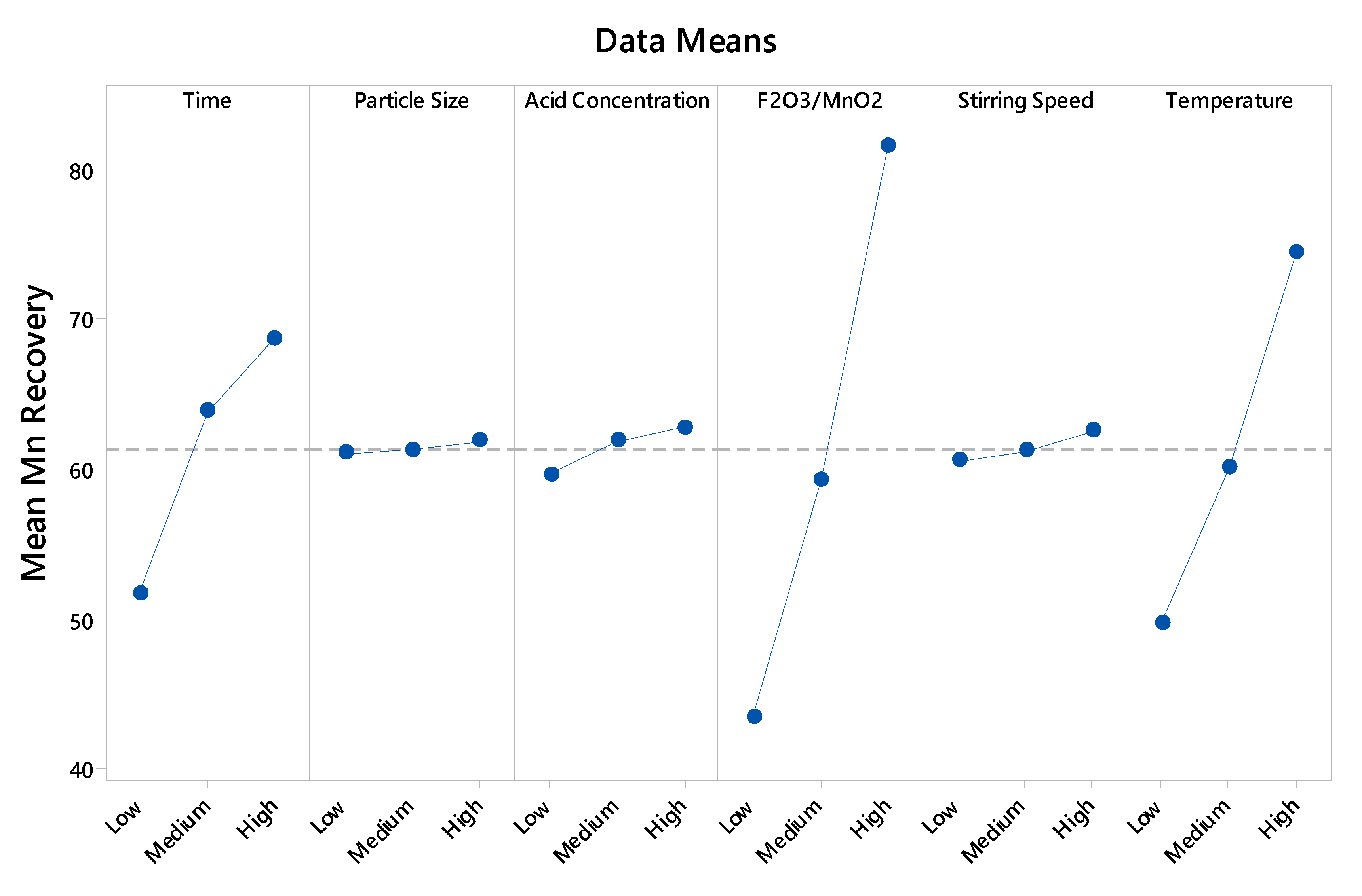

This content is accurate and true to the best of the author’s knowledge and is not meant to substitute for formal and individualized advice from a qualified professional. To learn more about using MiniTab I recommend the following affordable book Minitab Demystified by Andrew Sleeper. A short analysis of the data is conducted. You can read along or follow tasks with a provided Minitab file data. This article shows you how to compute process capability using Minitab 18. How to Calculate Process Capability in Minitab 18.Explore this straightforward explanation and short analysis of the results. This tutorial on how to create a regression in Minitab includes sample data to follow along with. How to Complete a Regression Analysis in Minitab 18.It includes sample data to follow along with while a chart is constructed and explained. This is a tutorial on how to create a Pareto chart in Minitab 18. How to Create a Pareto Chart in Minitab 18.This article describes why we choose to use X-Bar R charts and how to construct the graphs in Minitab, with an example. How to Create an Xbar-R Chart in Minitab 18.Adding interaction terms to a regression model can result in high multicollinearities. (2005) suggest keeping two things in mind when fitting models with interactions: 1. Available 2-level factorial designs Learn more about Minitab 18 The following table summarizes the 2-level default designs and the base designs for designs in which you specify generators for additional factors. Even though software makes it easy to fit lots of interactions, Kutner, et al. Available 2-level factorial designs - Minitab trend.

Operations & supply chain management for the 21st century. You can have multiple two-way interactions. We have factors A, B, C, D, E and F to choose from. Let's take \(k = 6\) and \(p = 2\), now we again have to choose two generators with the highest order possible, such that the generalized interaction is also as high as possible. This is a Resolution III design because the smallest word in the generator set has only three letters. Our generator set is: I = ABCD = CDE = ABE. Now we have a design with eight observations, \(2^3\), with five factors. Although D and E weren't a part of the original design, we were able to construct them from the two generators as shown below: trt Now we can define the new columns D = ABC and E = CD. Note that I = ABCD tells us that D = ABC, and the other generator I = CDE tells us that E = CD. In an example where we have \(k = 3\) treatments factors with \(2^3 = 8\) runs, we select \(2^p = 2 \text = 8\) observations which are constructed from all combinations of A, B, and C, then we'll use our generators to define D and E. In setting up the blocks within the experiment we have been picking the effects we know would be confounded and then using these to determine the layout of the blocks. The treatment combinations in each block of a full factorial can be thought of as a fraction of the full factorial. What we did in the last chapter is consider just one replicate of a full factorial design and run it in blocks.


 0 kommentar(er)
0 kommentar(er)
